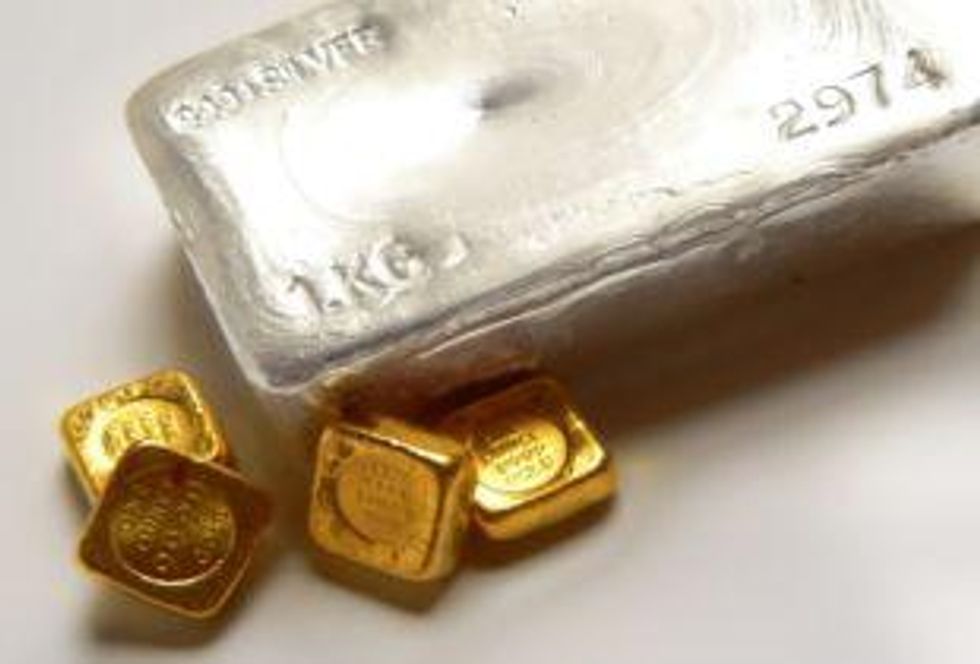Silver prices rose today as uneasiness over the US dollar and tensions in Egypt casts clouds over the market. Demand for the metal remains high, and bullion dealers are continuing to struggle to fulfill orders for bars and coins.
By Michael Montgomery—Exclusive to Silver Investing News
Silver has had a tumultuous January after hitting highs in late December of over $31 per ounce; the market has since undergone a correction. The price of silver at closing on Feb. 1 was $28.620 per ounce, up $0.570 on the day, in New York. The strength of the dollar may have been a factor in the slide over the last month but that is changing. The US Dollar Index is at a 12 week low, which has helped the upward bounce in the overall correction pattern. The most pressing issue that looms over the silver market is the perceived lack of liquidity.January set records for silver bar/coin sales at the U.S. Mint, over 5 million coins were sold, shattering the November 2010 record of 4.6 million. While the price of silver has undergone a correction, the demand for the metal is still overwhelmingly strong.
Bullion dealers are complaining about the inability to fulfill orders for silver bars. Many have stopped taking orders completely. Sprott Asset Management is a perfect example. The company ordered 22.3 million ounces of silver for delivery on Nov. 10, but did not receive the metal until January.
“Frankly, we are concerned about the illiquidity in the physical silver market. We believe the delays involved in the delivery of physical silver to the Trust [Sprott’s gold trust] highlight the disconnect that exists between the paper and physical markets for silver,” stated Eric Sprott, CEO and CIO of Sprott Asset Management.
In November of last year COMEX initiated a margin requirement a decline in silver price of nearly $2 followed. The disconnect between paper and physical markets is troubling to James Turk, of Goldmoney, a bullion storage company.
“They are not dislodging physical silver by running the paper market down. In fact the silver market is getting tighter and tighter. That’s why I am perplexed at why they are trying to run this paper market lower. If they want to get physical silver they are going to have to take the price higher, not lower,” stated James Turk. Mr. Turk believes that COMEX should not raise margin requirements, but instead should put its efforts into clearing up trades to free supply.
The unrest in Egypt may also be in the back of traders minds as risks from the political fallout may spread through the oil rich Middle East. “We could see geopolitical contagion and the crisis spreading to the undemocratic oil rich states of United Arab Emirates, Kuwait and Saudi Arabia. If so, this could drive up oil prices, which in turn is inflationary,” reported Allen Sykora, for Kitco. While the prospects of other Middle Eastern countries going the way of Egypt and Tunisia are slim, there is still tension out there in the market.
A positive factor for the increased demand for silver going forward is the Chinese government increasing its reserves of gold and silver. Looking to increase the relative value of the Yuan, reports show the desire of China to increase it holdings of precious metals. “The Chinese central bank, the People’s Bank of China, is chalking out plans to buy gold and silver reserves these days considerably as their prices are currently down,” reported David Lew, for Commodity Online.
China announced last year that it would increase gold reserves from approximately 1,200 tonnes to 10,000 tonnes over the next decade. While the exact figures of China’s silver reserves are hard to come by, reports indicate plans to increase reserves of silver as well. China is the number one producer and consumer of silver, and any increase in demand from the central bank will surely influence prices worldwide.






